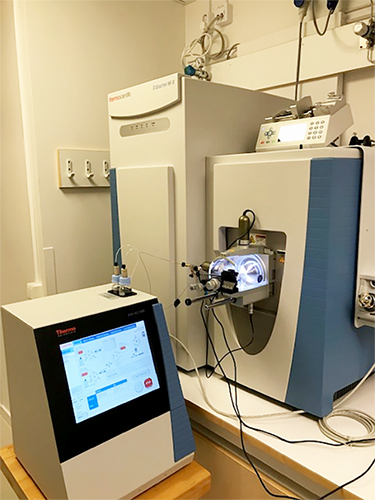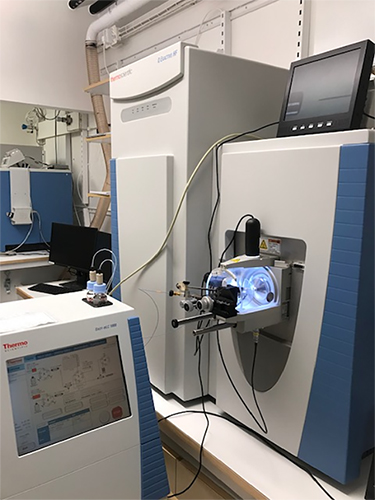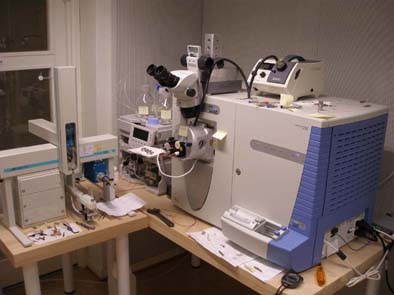| |


|
|
| |
|
TRADITION IN MASS SPECTROMETRY
The Department of Medical Biochemistry has
a long tradition in Mass Spectrometry. Professor Einar and Stina Stenhagen
had an early forsight that mass spectrometry should be a very
important tool for not only medical research, but also clinical medicine.
When the moved to Gothenburg around 1960 they started a large effort to both
develop mass spectrometers and the application of mass spectrometry in
biomedicine. The first system where chromatography was coupled to mass
spectrometry was developed by them and the first prototype constructed in
the at that time large machine shop at the Department. They also built other
mass spectrometry prototypes as time-of-flight machines. However, due to
insufficient electronics and lack of appropriate ionizations methods at that
time. mass spectrometry got a relative limited use un biomedicine.
Karl-Anders Karlsson took up mass spectrometry and used this for the
characterization of glycosphingolipids. Instrumental for this development
was Weston Pimlott that come to install an AEI MS9 1968 and remained in
Gothenburg until his retirement. In the late 1970ies the group has analyzed
the largest biomolecule, a permethylated ten-sugar glycolipid, at that time.
The development of novel ionization methods from the 1980ies suitable from
the analysis of biomolecules, Fast Atom Bombardment (FAB), Matrix Assisted
Laser Desorption Ionization (MALDI) and ElectroSpray Ionization (ESI) has
been well taken care of with the installation of several generations of mass
spectrometers. The tradition of chromatography-mass spectrometry has been
carried forward by Hasse Karlsson, first with high-temperature gas
chromatography for mucin oligosaccharides and later on with nano liquid
chromatography/improved interphases for peptides and oligosaccharides.
The current instrumentation availabe are shown below. The
most recent installed (2019) are two Thermo Q-Exactive HF-X and HF
 |
 |
| Q-Exactive HF-X set up for for top-down and bottom-up advanced protein, peptide and posttranslational
research. Funded by grant from Knut and Alice Wallenberg FOundation to Gunnar C. Hansson. |
Q-Exactive HF set up for for routine protein, peptide and proteomis. Upgraded from a previous grant from IngaBritt and Arne Lundbergs Stiftelse to Gunnar C. Hansson. |
 |
| LTQ mass
spectrometer set up for glycomics work. The system uses 75-180 um graphite
columns. Funded by grant from Vetenskapsradet to Gunnar C. Hansson 2005-2006. |
|
|
|
|
|
|
| |
|
|

